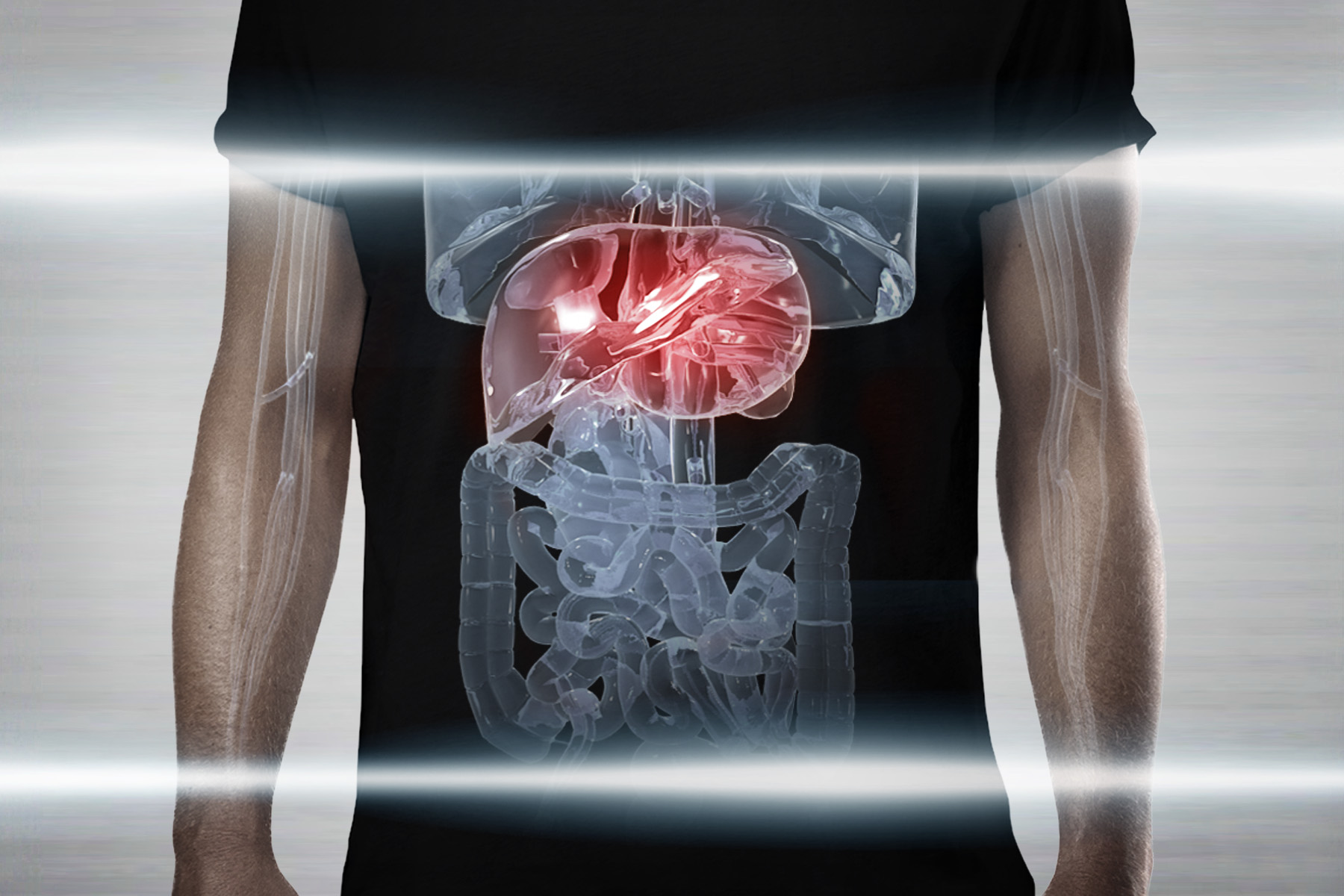
Stimulants: Toxic to Kidneys and Liver
Kidneys
When stimulants are processed in the body, the majority of the products of this process are sent out of the body via the kidneys. The products of some drugs are directly toxic to the kidneys, while others create damage through other effects. Amphetamines, which include methamphetamine and Adderall, are associated with rhabdomyolysis, a breakdown of muscle tissue that floods the kidneys with toxins. The kidneys are often unable to deal with all these toxins and shut down.
Stimulants like amphetamine and Ecstasy cause a body to retain urine. The pressure or retained urine can back up all the way to the kidneys, resulting in kidney failure or even heart attack. At the same time, toxins build up in the blood, causing confusion and headaches.

The increased heart rate and constriction of blood vessels common with stimulant abuse can also cut off the flow of blood to the kidneys, again, resulting in failure.
Hyperthermia, or increased body temperature, is a common result of stimulant abuse. Hyperthermia can reach dangerous—even fatal—levels. If a person also becomes dehydrated, the kidneys will be highly stressed, may break down completely and death can result.
Cases of Kidney Injury
When forty-three cases of Ecstasy abuse were reviewed, the majority of them showed signs of kidney impairment. Thirteen of these people died. Acute kidney failure and rhabdomyolysis were involved in many of the fatal results.
Liver
Most people know that the use of illicit drugs or the abuse of prescription drugs can be very hard on the liver, the organ responsible for breaking down the toxic substances. Like with kidneys, stimulants may be directly toxic to the liver or may create other problems that damage the liver.
The National Institutes of Health notes that amphetamine use and abuse has been associated with liver injury, and that Ecstasy “has been implicated in a large number of cases of acute liver injury which can be severe and lead to acute liver failure and death.” It was thought that increased body temperature, shock and denial of blood flow to the liver were the main factors responsible for liver failure.

Ecstasy, amphetamine and methamphetamine abuse have been shown to cause chronic liver inflammation (hepatitis). One report stated that the use of Ecstasy can trigger sudden and severe hepatitis that results in liver failure and death, even days or weeks later.
Any kind of hepatitis can cause cell death and scarring, resulting in cirrhosis. It is not uncommon for a person to need a liver transplant after amphetamine-related liver injury.
Cases of Liver Injury
There are many case histories of liver damage from the use of amphetamines, particularly MDMA. A German teen who had been abusing MDMA on weekends for a few months suddenly developed jaundice and fatigue. His tests showed the presence of liver injury resulting from his drug abuse. Over the next four months, his test results recovered to a normal level.
A 32-year-old woman who had just used MDMA suffered a collapse associated with liver injury. She wound up in intensive care on a ventilator and was finally released ten days later.
In 1996, a study was made of seven young men who died after abusing MDMA or a similar drug. All had severe changes in their livers, and in one case, the liver was destroyed by the effects of the drug.
Stimulants are very destructive to the brain and the nervous system. When the brain is affected, one’s entire physical or emotional balance can be lost. More information is available on the next page.
Resources:
 ®
®